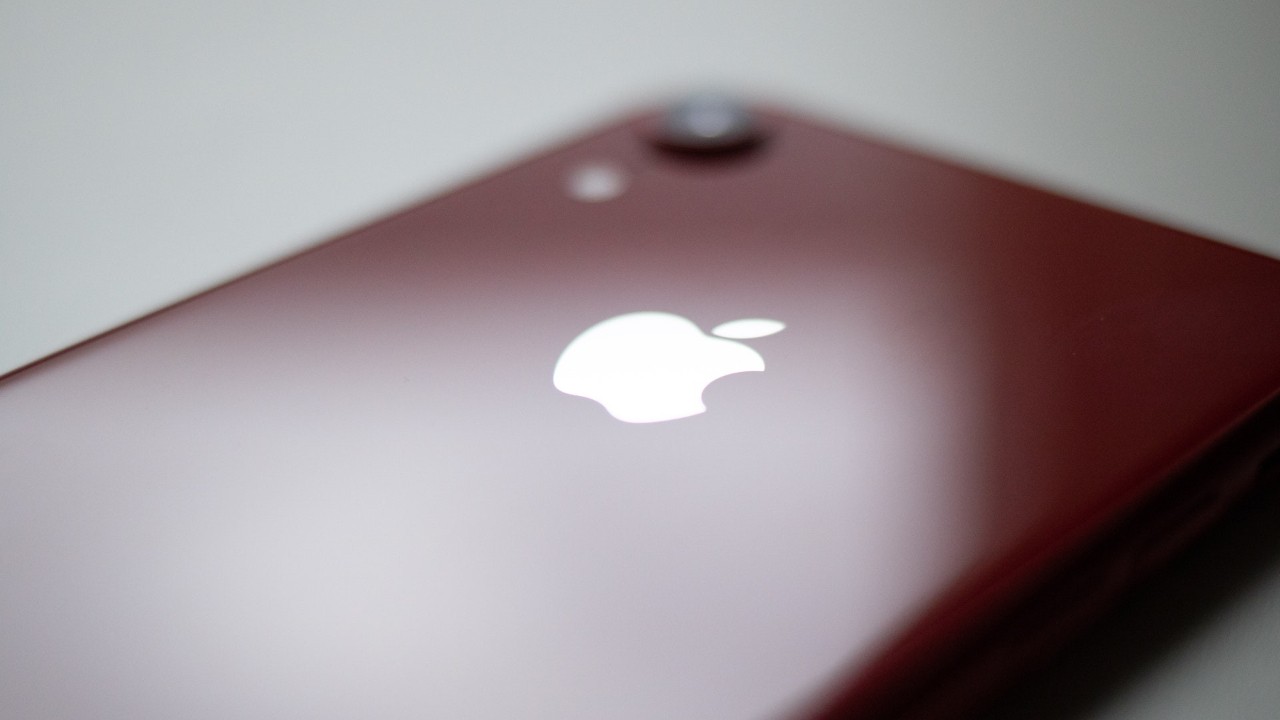Apple's Facetime update has polarized its users
The new Facetime emoji structure introduced with the iOS 17 update has starkly divided users.

Apple's latest software updates for iOS 17 and macOS Sonoma have introduced a slew of new features, aiming to make devices more engaging and fun. While these additions undoubtedly enhance the user experience, they have also raised eyebrows, particularly in environments where a more subdued approach is expected.
One such addition to FaceTime allows users to trigger 3D reactions such as emojis and visual effects with simple hand gestures. A thumbs-up, for example, might generate a 3D emoji, while other gestures can cause balloons or even fireworks to appear on the screen. While the idea sounds exciting in theory, the practical application has led to unintended and, at times, comical results.
Apple's Facetime update has polarized its users
The telehealth sector, in particular, has voiced concerns. Picture discussing a grave topic with a mental health professional and, in the midst of the conversation, fireworks erupting on the screen due to an innocent thumbs-up gesture. Such incidents, which have actually occurred, prompted telehealth service SimplePractice to caution users about FaceTime's default visual effects.
But the potential for missteps isn't limited to therapy sessions. Imagine being on an important business call and an unintentional gesture results in a shower of confetti on screen. Such situations are not just embarrassing but also clash with the seriousness of the conversation.
Fortunately, these 3D reactions can be turned off, but not every user is aware of this option. This oversight has led to several unexpected and sometimes ill-timed moments. For many who depend on FaceTime for critical conversations, the new features, while intended to enhance interactions, might be seen as a misstep. Sometimes, in the realm of augmented reality and technology, simplicity can be golden.
 Launch date and prices for Xiaomi 14 were leakedMobile
Launch date and prices for Xiaomi 14 were leakedMobile





